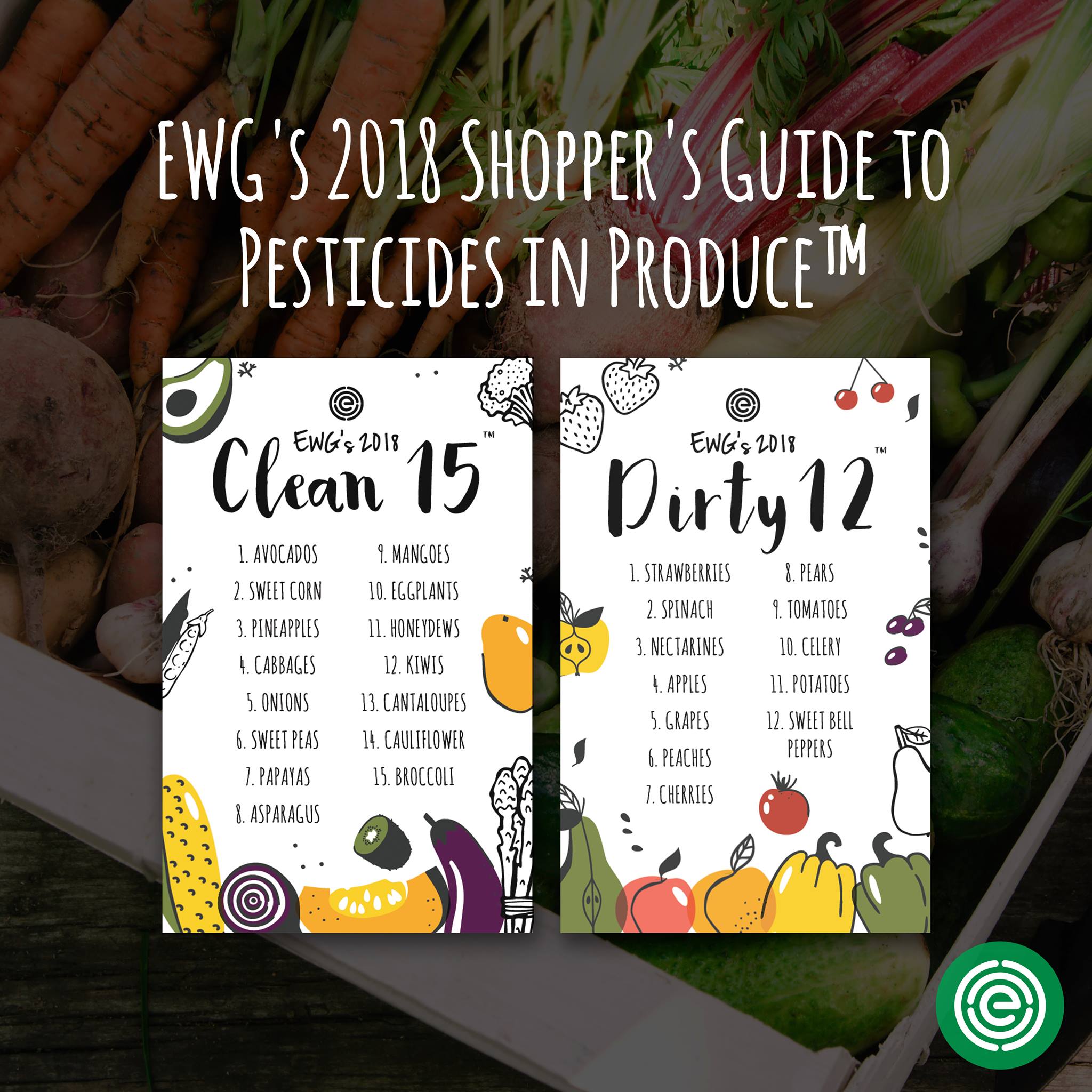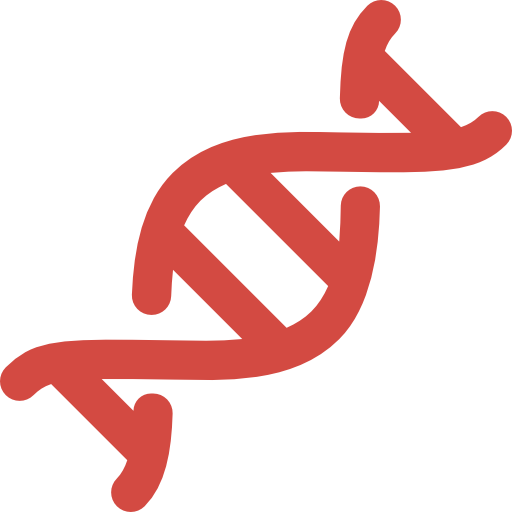
Are your greens clean? There is another aspect to eating clean that many of us forget about. I say this with a “disclaimer”. Studies have been comparing the benefits of organic versus non organic produce for years, and despite all of that, there hasn’t been a clear case for the nutritional advantages of organic food.
For me, I look at the list of produce with the most pesticide residue and choose organic for these whenever I can.
For the third year in a row, strawberries top the “Dirty Dozen” list put out by the Environmental Working Group (EWG). The list has been published each year since 2004 and ranks popular fruits and vegetables based on pesticide contamination.
The group found that one third of all conventional, or non-organic, strawberry samples contained 10 or more pesticides. One sample of strawberries was found to have an “astounding” 22 pesticide residues, EWG said.
Spinach, the second produce item on the list, contained pesticide residues in 97 percent of conventional, or non-organic, samples. Additionally, more than 98 percent of samples of strawberries, peaches, potatoes, nectarines, cherries and apples tested positive for residue of at least one pesticide, according to the activist group.
The full list of the EWG’s “Dirty Dozen” includes:
- Strawberries
- Spinach
- Nectarines
- Apples
- Grapes
- Peaches
- Cherries
- Pears
- Tomatoes
- Celery
- Potatoes
- Sweet Bell Peppers
The Environmental Working Group also released a companion list of 15 foods with the lowest levels of pesticide residues detected in federal testing.
The full list of the EWG’s “Clean Fifteen”:
- Avocados
- Sweet corn
- Pineapples
- Cabbages
- Onions
- Sweet peas (frozen)
- Papayas
- Asparagus
- Mangoes
- Eggplants
- Honeydew melons
- Kiwis
- Cantaloupes
- Cauliflower
- Broccoli




























